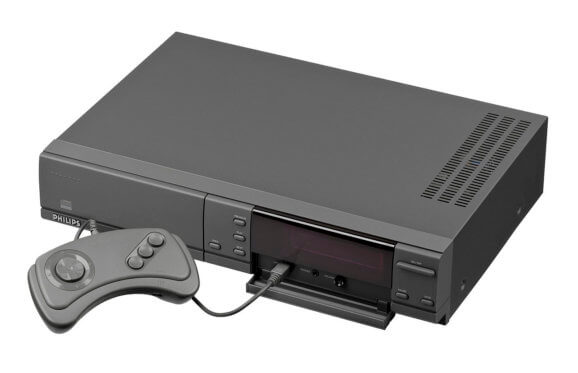
GUEST:
Magic Leap has drawn more than $1.4 billion in investment. There’s also some troubling reports regarding demos and delays that are getting a lot of press. I know a game designer who works there, and I still believe they could pull it off. But when a Google search for “magic leap fail” turns up about 670,000 results, one has to admit that the prospect of failure exists.
It’s not just Magic Leap who faces failure. The total shipments in 2016 for VR gear has disappointed a number of people in and outside the sector. Why all the press? Think about NASCAR automobile racing. The most popular answer to the Quora question “Why do people watch NASCAR?” is:
“Crashes, mostly. I know that everyone from [NASCAR cofounder] Bill France to the people in the Daytona infield will deny this with every breath in their body, but they all know deep down that it is true. Watch any random commercial for a NASCAR race, and count how many spectacular wrecks they show.” — Dave Hogg, freelance sportswriter in Detroit.
According to IDV, the total for mobile-base HMDs (Google Daydream and Gear VR), the tethered head-mounted displays (such as HTC Vive, Oculus Rift, and PlayStation VR), and the miscellaneous standalone HMDs, was 10 million. This doesn’t include Google Cardboard. Google has stated that its partners had shipped more than 10 million units since its launch in 2014. Google also notes more than 160 million Cardboard app downloads to date.
Still, I know people that I respect who view the Magic Leap situation and assorted other news items (price cuts, etc.) as an indication that virtual reality and mixed reality will fail.
They are wrong. Here’s why.
The history of optical disc consoles
In the history of interactive platforms (hardware that runs games and other interactive experiences), we’ve seen flops as equally dramatic (and more expensive, adjusted for inflation) as the possible failure of Magic Leap.
CD-ROM represented a thousandfold increase in storage capacity over the floppies and game cartridges of the 1980s. I got involved in this technology, and at Activision in 1989 we shipped The Manhole, which is considered to be the first CD-ROM game.
It took considerably longer for the tech to go mainstream.
Microsoft was keen to have this technology on PCs and held the first of several CD-ROM conferences in 1986. The surprise at the event was the announcement of Compact Disc Interactive (CD-i) by Philips and Sony. Microsoft, who was pushing CD-ROM for computers, was not pleased about this and actively pushed an alternative system, Digital Video Interactive (DVI), which was never released as a console commercially.
What followed that was years of delays and a lackluster launch. The first Philips CD-i player released in 1991 and at $700. The CD-i was a commercial failure, selling only 1 million systems across all manufacturers in seven years, and losing Philips $1 billion. By 1996, the CD-i was discontinued.
But CD-i wasn’t alone. Others attempted to make an optical disc console, such as:
- Apple Bandai Pippin: Launched in 1996 for $599. Total sales were only around 30,000 units.
- 3DO Interactive Multiplayer: Though it supported a vast library of games including many exceptional third party releases, a refusal to reduce pricing until almost the end of the product’s life ($699.95) hurt sales and it was eventually discontinued.
- Commodore CDTV: Launched in 1991. The hardware was based on the Amiga computer with a CD-ROM drive. The expected market for home multimedia appliances did not materialize, and the CDTV was discontinued in 1993 having sold only 30,000 units. A subsequent model, the CD-32, sold about 100,000 units, mainly in Europe.
- You can find more here
The first true success was the Sony PlayStation. It launched in Japan in 1994 and in North America in Q4 1995. The PlayStation was an immediate success in Japan, selling over 2 million consoles within its first six months on the market. In the U.S., consumers bought 800,000 in four months. The launch price of $300 and excellent games such as Battle Arena Toshinden, Warhawk, Air Combat, Philosoma, Ridge Racer and Rayman drove this enormous success.
Coincidentally, Sony’s PlayStation VR (an add-on to the PlayStation 4) has sold almost 1 million headsets in the four months since launch, exceeding the company’s expectations.
It isn’t just optical disc consoles that have experienced this less than instant arc of technology. In mobile, we had Nokia’s N-Gauge and other attempts to build a gaming phone. Optical disc consoles survived the failure of CD-i, and VR/AR will survive the possible failure of Magic Leap.
Source: Magic Leap, the virtual reality backlash and the arc of technology




